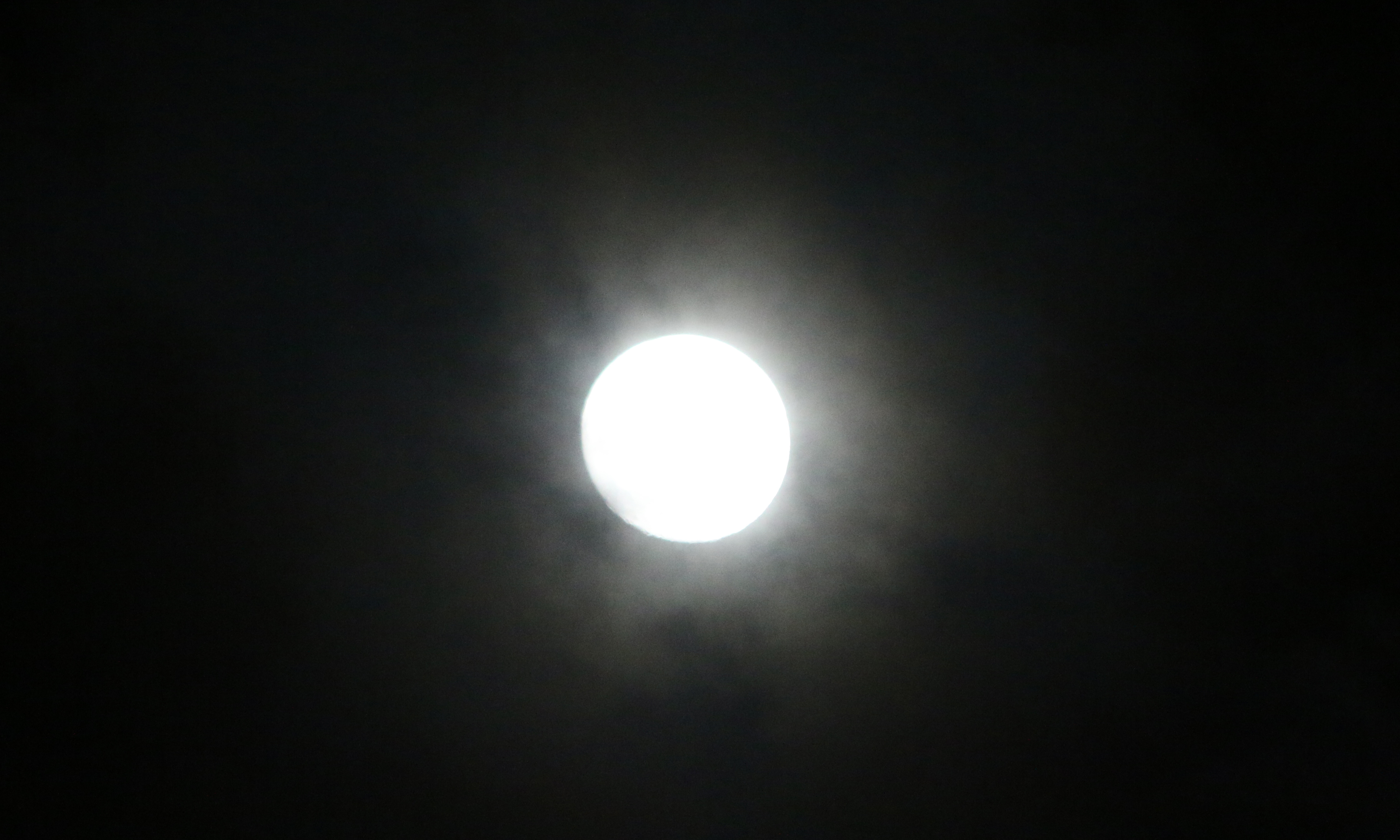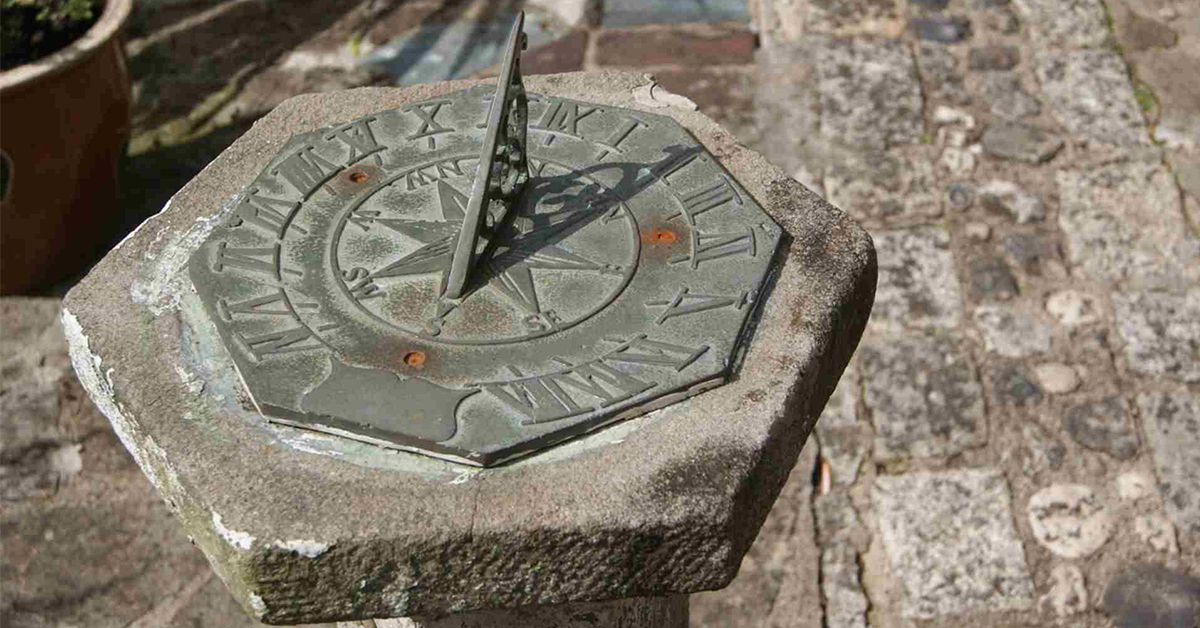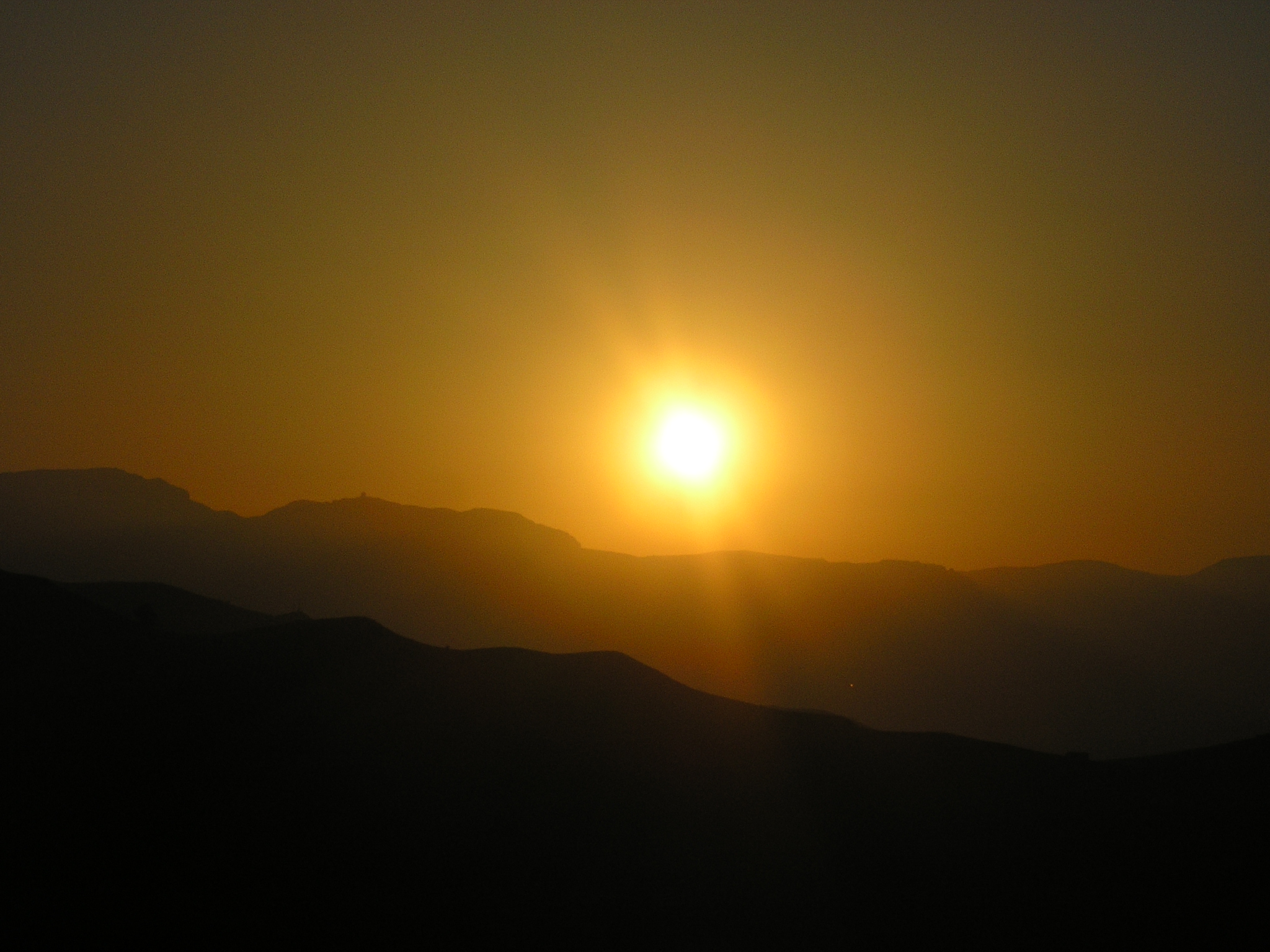Archives
Time was marked by the sun in the rural world. Country folk had no need for a clock and hardly ever used one. Religious festivities marked the work calendar on the land, in the fields. The festivities were related to the harvests, the end of tasks such as threshing, harvesting grapes and other produce…
Some festivities celebrated the universal saints (John, Peter, Michael, Mark) and the origin of others dated back to specific points in time (St. Anthony the Abbot, St. Anthony of Padua, St. Ignatius of Loyola); there were also the major festivities celebrated by everyone (Easter Sunday, Assumption of Mary, St. Joseph’s Day, All Saints) or local saint’s days (Bartholomew, Blaise, Marina). Some of them set the rhythm of the agriculture work.

Halo around the Moon. José Ignacio García. Labayru Fundazioa Photographic Archive.
Legend has it that on her way down from the mountain, a woman set fire to a load of gorse and became the Moon.
The lunar phases and their impact on terrestrial life cycles have long been considered a prominent factor for sowing, planting and harvesting. As it happens, tides are mainly caused by the pull of the Moon on Earth. (more…)




